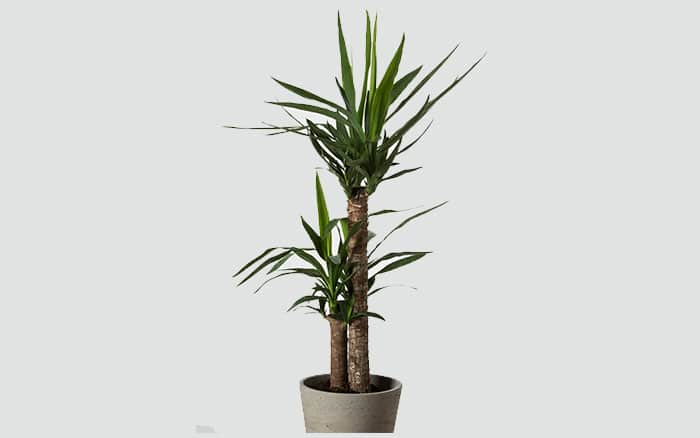Houseplants have so much to offer in the home, and if you’re just starting out here are a few things to do to get you started. Indoor gardening is seeing a resurgence, as many of us are enjoying creating plantscapes inside out homes. It’s also a great way to start growing if you don’t have a garden.
Grow evergreens
Plants with evergreen foliage suit any home and are easy to grow. But not all evergreen foliage is the same. The Boston fern has fuzzy looking foliage that looks great in a hanging basket, and the variegated foliage of ivy looks fantastic trailing down from high shelves.
Pots of echeveria and other succulents are ideal if you are short on space (and time). Their fleshy leaves hold on to water, making them low maintenance. Cover the soil surface with fine gravel to hold moisture in as well as giving a polished finish.

For striking, sculptural foliage, Sansevieria trifasciata (mother-in-law’s tongue) or Aechmea fasciata (urn plant) will steal the show, especially when placed in a bold container. They’re also not very demanding with water, making them ideal for beginners.
If you want to make a statement in a corner of the room, aim for a larger plant like a Yucca elephantipes (yucca) or Dracaena marginata (dragon tree).
As a general rule, the darker the leaves, the more chlorophyll they contain and the better they will cope with low light levels.
Grow orchids

Orchids are really popular houseplants, but they have a bad reputation for being easy to kill. In fact, orchids are hardy plants, but they need high humidity levels.
Put them somewhere bright like a bathroom windowsill and stand the pot on a saucer of fine gravel and water. This ensures there is always moisture around the leaves without waterlogging the roots.
Many orchids, including the popular moth orchid, have green roots which photosynthesise like leaves. Make sure to choose a clear glass or plastic pot to help the roots get the light they need.
When you do all of this the orchid should flower for months on end, and the sight of it will always cheer you up.
Grow on your windowsill
Make the most of your kitchen windowsill by growing herbs such as mint, chives, basil, oregano and parsley. On your windowsill, they’ll be at the perfect height to snip and add straight to many dishes to give a boost of flavour.
Try your hand at microgreens like cress and mungbeans, which make a great addition to salads.

Put wet kitchen towels on a flat container like a saucer or Tupperware box and sprinkle seeds over the top. Leave on a warm, sunny windowsill and they will germinate in a few days.
If you’re feeling more adventurous, try growing your own chillies. They thrive on windowsills and will add a kick to your cooking.
Houseplant care

The number one reason that houseplants die is too much water. Plants hate being sat in soggy soil because it displaces all the oxygen and rots the roots.
So don’t kill your plants with kindness – instead, let the soil dry out between waterings.

Leave A Comment